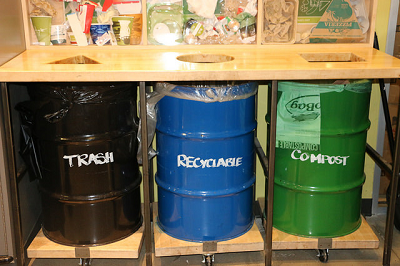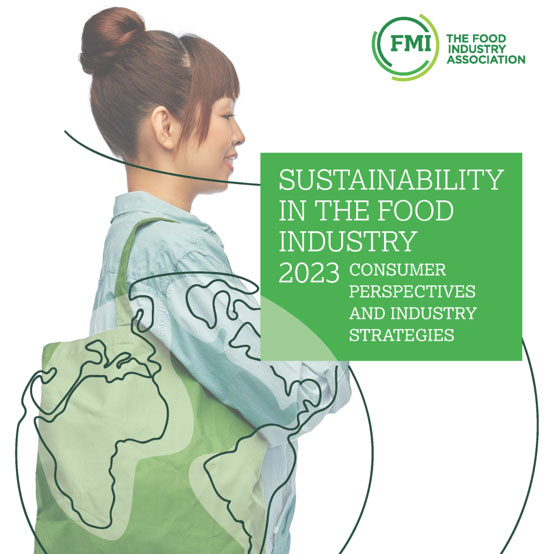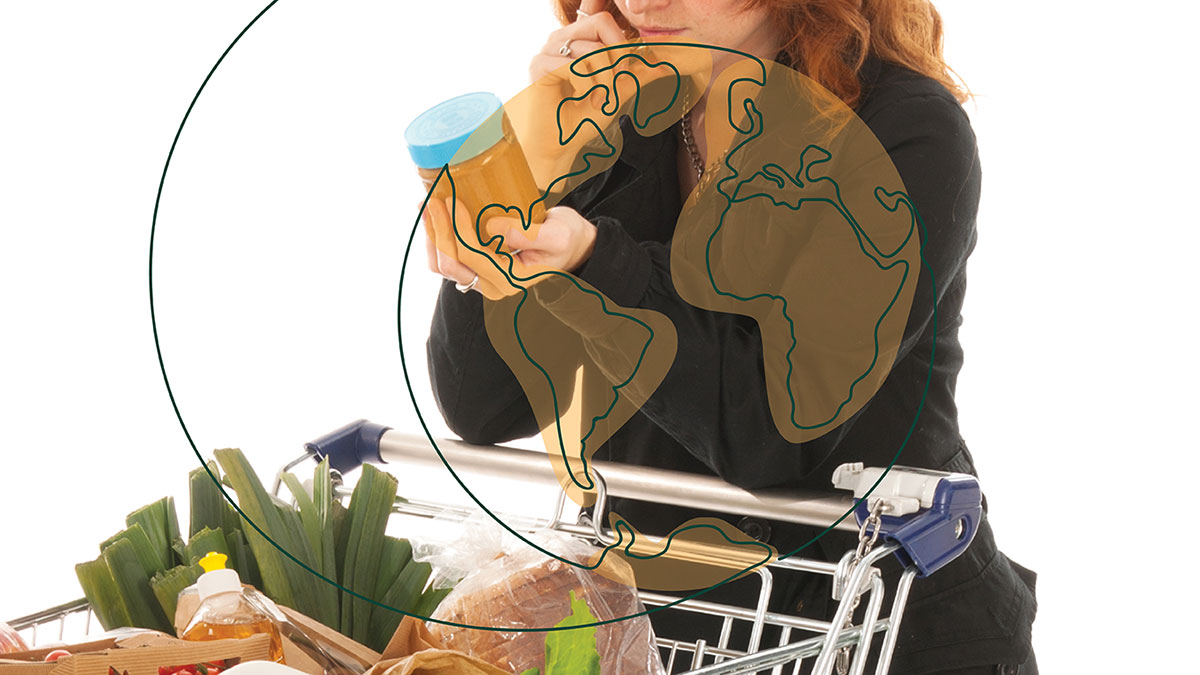By: Jeanne von Zastrow, Senior Director for Sustainability, Food Marketing Institute 
There is no question that the problem of food waste is a significant issue de jour, as we look to the future and a growing population with reduced natural resources. The food waste challenge has electrified the importance of unconventional partnerships between government, business, NGO’s, academia and consumers groups in an imperative to work together on radical collaboration and innovation.
The U.S. Environmental Protection Agency (EPA) recently recognized the accomplishments of participants, including grocery retailers Kroger and Shop Rite of New Jersey, in EPA’s Food Recovery Challenge and WasteWise program for reducing food loss by sending good food to the hungry, and by redirecting food waste away from landfill to productive use. The EPA Food Recovery Challenge participants diverted more than 370,000 tons of wasted food away from landfill or incinerators. A number of FMI member companies participate in both these programs, which help retailers calculate, benchmark and better manage food waste.
The Food Waste Reduction Alliance, which includes 24 companies and was created by FMI, GMA and National Restaurant Association, is working alongside EPA, USDA and other strategic advisors towards the same goals:
1. Reduce food lost throughout the supply chain with better management systems;
2. Save good food that would have been lost and send it to hunger relief; and
3. Redirecting food waste away from landfill to productive use.
Innovations and best practices are documented along with reports benchmarking industry progress on the FWRA website, FoodWasteAlliance.org.
At FMI, increasing donations among food retailers to feed the hungry is a priority, and rescuing food before it is wasted has helped increase donations to Feeding America by 400% over the last 7 years – from 30 million pounds to 1.3 billion pounds.
The USDA estimates that wasted food costs America more than $165 billion dollars a year, and that the average family of four throws away $1,600 of food waste each year. There’s a lot of activity incubating that will help consumers with reducing food waste. For example, the Natural Resource Defense Council has just partnered with the Ad Council to develop an educational campaign to help consumers reduce food waste. They estimate this campaign will received $90 million in donated media. Consumer groups are beginning to prioritize this issue, and EPA has just completed and is testing a toolkit to help consumers understand, track and reduce food waste.
Because of the courage and commitment of many non-traditional partners to join forces to achieve our common goals of reducing food lost, feeding more hungry people, and sending unavoidable food waste to productive use, the future is a little bit brighter.

 Industry Topics address your specific area of expertise with resources, reports, events and more.
Industry Topics address your specific area of expertise with resources, reports, events and more.
 Our Research covers consumer behavior and retail operation benchmarks so you can make informed business decisions.
Our Research covers consumer behavior and retail operation benchmarks so you can make informed business decisions.
 Events and Education including online and in-person help you advance your food retail career.
Events and Education including online and in-person help you advance your food retail career.
 Food Safety training, resources and guidance that help you create a company food safety culture.
Food Safety training, resources and guidance that help you create a company food safety culture.
 Government Affairs work — federal and state — on the latest food industry policy, regulatory and legislative issues.
Government Affairs work — federal and state — on the latest food industry policy, regulatory and legislative issues.
 Get Involved. From industry awards to newsletters and committees, these resources help you take advantage of your membership.
Get Involved. From industry awards to newsletters and committees, these resources help you take advantage of your membership.
 Best practices, guidance documents, infographics, signage and more for the food industry on the COVID-19 pandemic.
Best practices, guidance documents, infographics, signage and more for the food industry on the COVID-19 pandemic.
